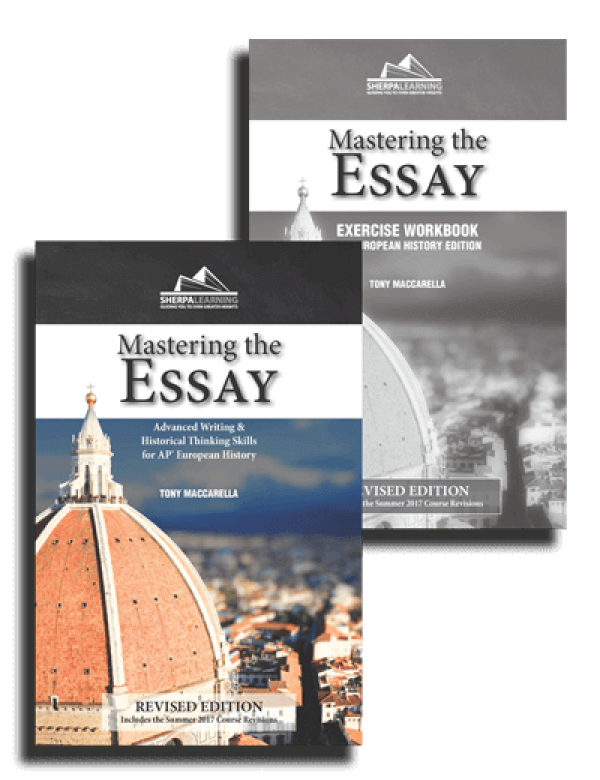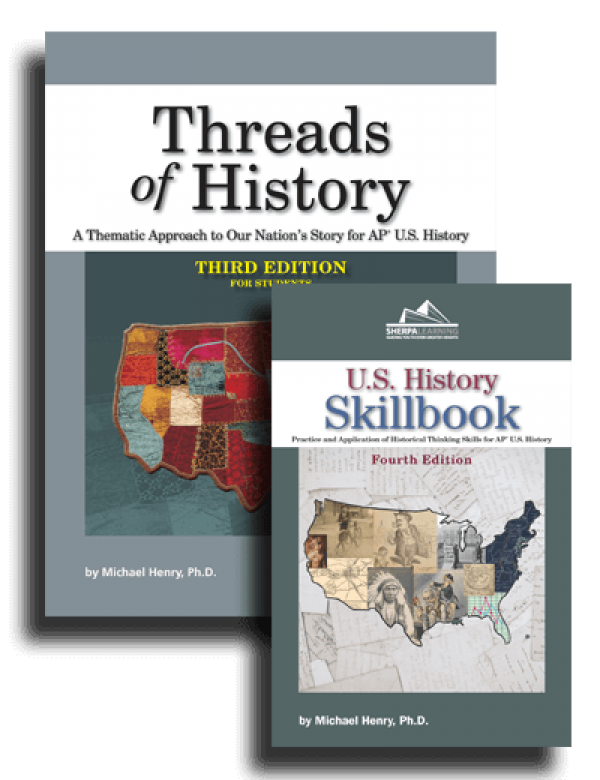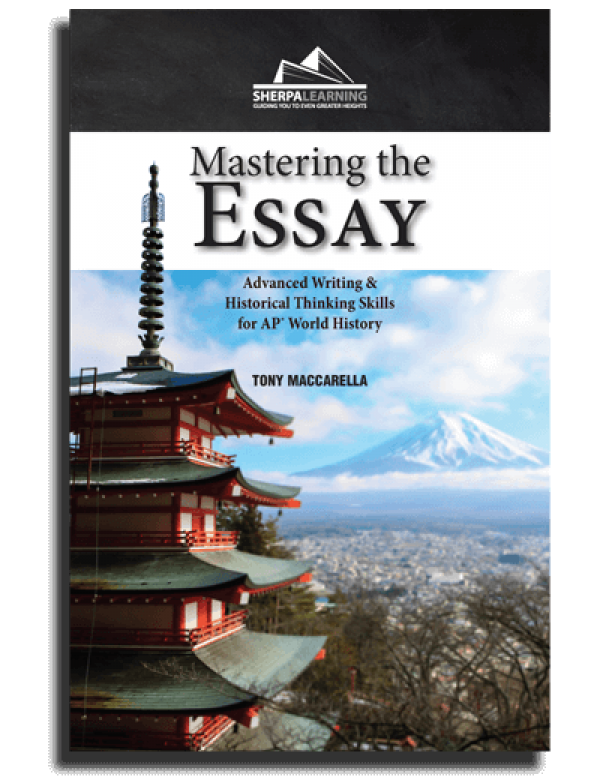Ch-ch-ch-ch-changes! Addressing the New Multiple-Choice Format

Ch-ch-ch-ch-changes! Addressing the New Multiple-Choice Format
Big changes are coming in 2015 to the AP US History test.
This means teachers will have to revise their lesson plans to help prepare students to think like a historian, rather than recall like a Jeopardy contestant. Like any uncharted territory, the new test means uncertainty among teachers and students alike. There are very few resources that speak to the redesigned test, leaving interpretation and consequent curriculum revisions to fall squarely on the shoulders of APUSH teachers.
I hope to make that process easier, to take some of the weight off by discussing not only what makes the test different, but how to best anticipate how these changes will play out in practice on the day of the exam (right now - it’s all theory). I also hope to open up lines of communication and have this be a forum where ideas are exchanged among educators.
To kick off the series I'm going to talk about what is perhaps the greatest modification on the exam - the multiple choice section. Gone are the stand alone questions that asked for application of specific historical events and phenomenon to causes, results, trends, etc. These questions required detailed historical knowledge to be answered successfully.
Many teachers found preparing students for the MC section unnerving since questions could address any detail from US. History, tempting them to cram every imaginable fact into their curriculum to make sure all possible bases were covered. Students often felt the exam was a memorization challenge - forget a few names and dates in all of U.S. history and tank on the test.
Yet another challenge that does not necessarily test understanding of aptitude, but rather speed - is the fact that the test is long and most students feel they must rush through it. This pressure makes recalling details more difficult and the exam experience more chaotic.
With this and other considerations in mind, the college board has reduced the number of multiple-choice questions- from 80 about anything, to 55 about primary or secondary source documents. On the new test, all the MC Qs will be source based.
But fewer questions and primary sources does not mean students will have a complete reprieve from content memorization; in order to properly prepare for the test, students will absolutely need to know “something about something.” Document analysis skills alone will not suffice. Students will need to apply context, and context requires a background knowledge on the topic at hand.
The challenge for educators will be to properly balance teaching content knowledge while ensuring students are thinking like historians - analyzing context (not just content), understanding how events are interconnected and that history is a continuum of cause and effect.
In my next blog installation I will talk more in-depth on how to handle this challenge, while still maintaining sanity and preparing your students for AP success




